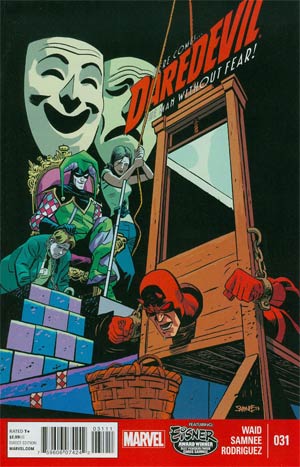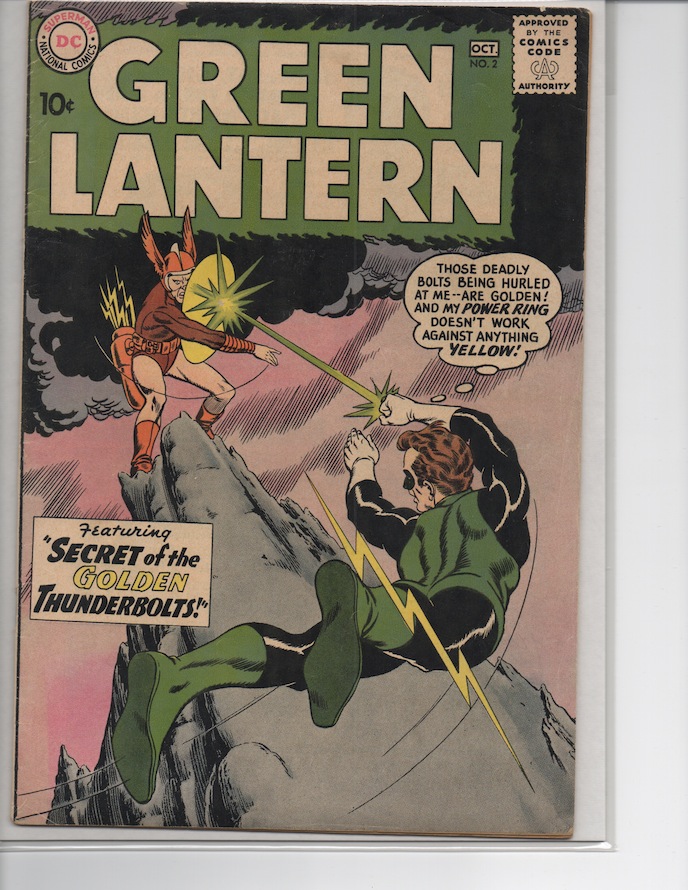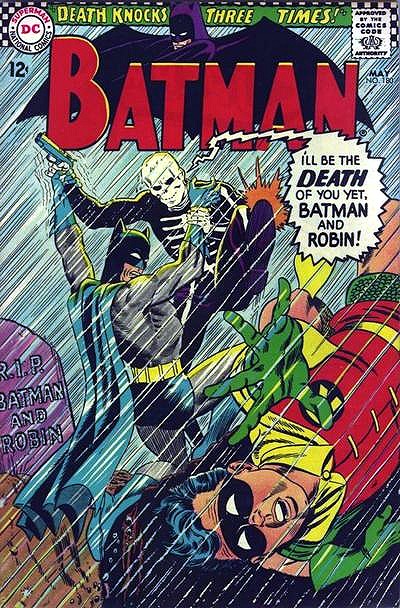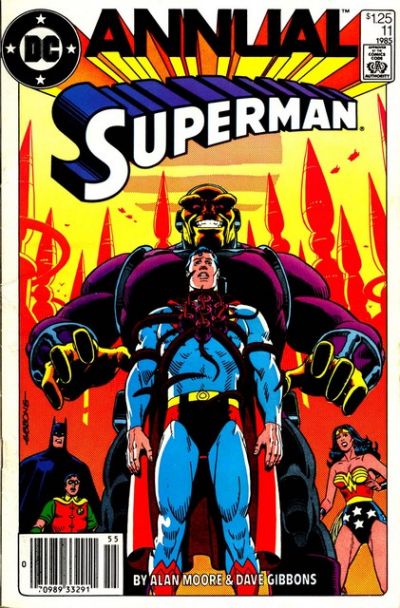Is there a comic he doesn’t write?
You’re the hardest-working man in the comics biz. Tell us all the projects you’ve got going on.
A bunch. Daredevil and Indestructible Hulk for Marvel. Green Hornet for Dynamite. Rocketeer/Spirit: Pulp Friction for IDW. Shadow Walk, a graphic novel for Legendary. And, of course, Thrillbent, my digital comics website full of free-to-read, creator-owned comics made especially for the digital format. (Ed.: Oh and this interview took place before he bought a comics shop, Alter Ego Comics in Muncie, Indiana. Plus, he’s working on The Fox for Red Circle.)
How do you keep it all straight? I mean, that’s a lot of monthly work.
It really is but honestly, other than the friction that comes from having to change gears between projects, it keeps everything fresh because everything is a little different. The feel and the look of all these books is a little bit different from each other and I like the versatility of it. I like the idea that on days when I feel a little more straight-forward, mainstream, bouncy, I can work on Daredevil. I can work on The Fox on days when I feel a little more like writing a crime story, or if I feel a little grimmer and gritty, I can turn to The Green Hornet. It’s hard to keep it straight but in fact it’s fun and much better than having to write four or five books that are thematically and tonally the same. That would get pretty boring.
How much of your day do you actually spend writing?
Oh God! As much as there is. … I’m probably at my keyboard 12-13 hours a day, every single day. I haven’t seen the light of day in a long time.
Tell us a bit about yourself: Your background, age, education, where you grew up, etc.
Born in Hueytown, Alabama in 1962, grew up in the Deep South. Almost finished college at Virginia Commonwealth University — three credits shy, still. I sure hope I make something of myself despite that. Knew since I was a boy that I wanted to be in the comics industry, and 29 years after breaking in, I’m still hanging on!
You famously sold off your comics collection. How many items did you part with and what were some of the most interesting items?
It’s cruel of you to make me think of it. A lifetime’s comic collection — every DC published from about 1956-up, plus thousands of Marvel comics, Golden Age books, and the like. At least they’re still for sale to a good home–contact blastoffcomics.com.
Do you ever miss them? Or get that urge to reacquire anything?
I do miss them, but honestly, it’s too slippery a slope to start reacquiring. I know myself. Before long, I’d have ANOTHER houseful of comics.
What do you consider some of your career highlights?
Getting to work with some of the industry’s greatest artists — Andy and Adam Kubert, Mike Wieringo, Barry Kitson, Paolo Rivera, Dave Gibbons, and many more. Neal Adams is still on my hunting list. Working on that.
What’s your greatest disappointment, professionally speaking?
Hard to say. Honestly, I try hard not to dwell too much on the past. I do wish the Legion of Super-Heroes relaunch that Barry Kitson and I did in 2003 would have been more widely embraced, but those are the breaks …
You’re a well-known Superman guy. What’d you think of “Man of Steel”?
Superman doesn’t kill. Full-stop.
What’s the first comic you bought? Did you keep it or sell it off?
THAT one, I still have. Batman #180, 1966. THAT one, I’d be a loon to let go of.
What was your greatest influence?
In comics? Writer Jim Shooter, whose ability to marry character and plot and structure was terrific. As a writer outside comics? William Goldman and David E. Kelley.
Do you come from a writing family? Was your family supportive of your career?
No one in my family was of the creative bent, but they were always supportive. I appreciate that.
What’s the single greatest comic book you’ve ever read?
Superman Annual #11 by Alan Moore and Dave Gibbons.
What’s the greatest multi-part comic-book story you’ve ever read?
Watchmen.
A version of this story first appeared at Parallel Worlds.




